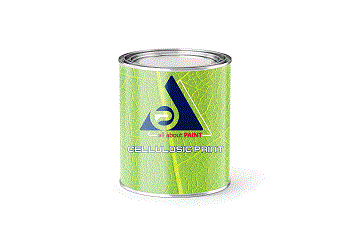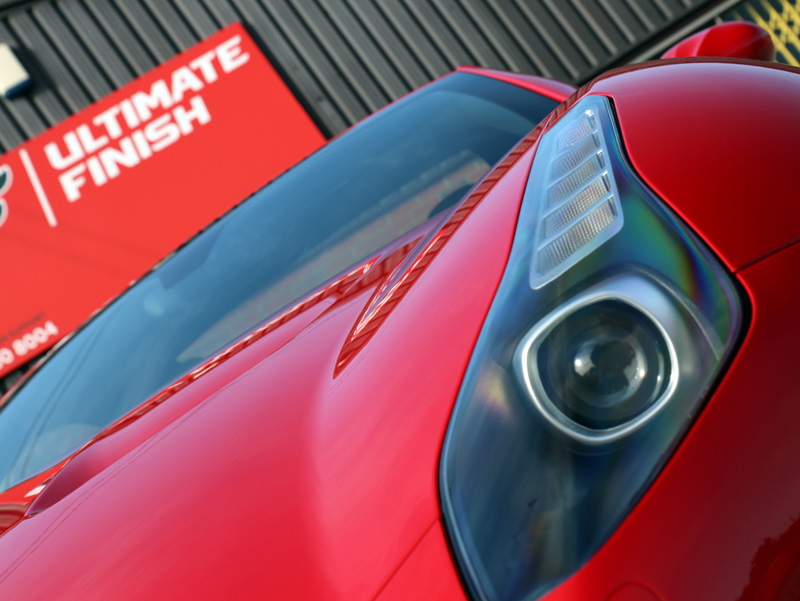How Much Does It Cost to Repair a Cracked Bumper?

How Much Does It Cost to Repair a Cracked Bumper?
At an automotive store, replacing a bumper may cost anywhere from $500 to $700 in labor and an additional $385 to $925 for the parts. The cost is normally determined by the car's year, make, model, and labor cost at the repair shop.
The cost of repairing a bumper crack ranges from $325 to $425 on average, including covering the crack with a plastic filler, sanding the area until it is clean, and then painting it once it is dry.
How to Fix a Cracked Plastic Bumper
There are six steps to fixing a cracked front bumper:
Step 1: Clean the Bumper
Examine the damaged area thoroughly using a knife or razor, gently cut any shards of plastic that may be present. The bumper can then be appropriately cleaned both inside and out. Some debris or grease will prevent the filler from bonding properly and spoil the repair’s look. So, make sure it has been cleaned properly. Allow it to dry completely before wiping it down with solvent wipes.
Step 2: Remove the Bumper
To repair cramped bumper cover, it is advised that you remove or at least partly remove it. Several 10mm bolts and a few push-in pins hold the car bumpers in place, so you can conveniently install the bumper after removing the screws.
Step 3: Align The Bumper Cracks
join the bumper at the crack. You may need to use a C-clamp to keep the bumper intact as you try to solder it. Make sure to align the bumper crack as precisely as possible. If required, use strong masking tape.
Step 4: Weld the Bumper Crack
Start welding the broken bumper with a soldering iron. Cracked bumper repairs can take several minutes for the soldering iron to warm up enough to melt the plastic. Begin welding the bumper on the outside first so that you will be able to line up the bumper in a precise manner.
Welding the bumper on the inside is necessary, too, because it adds more strength to the patchwork. When you solder the gap, use an additional sheet of plastic on the inside to reinforce the bumper. To have the best possible outcome, use a soldering iron to weld the crack on the inside first, then cover it with additional plastic and weld it over again to add more protection.
Step 5: Sand the Bumper
For fixing a cracked bumper, flatten the bumper weld with sandpaper. At this point, the plastic seems to be unsightly. Start with 120 grit paper, then move to 220, 300, and finally to 500 grit. Fill in any spaces or bumps with a light coat of filler if necessary to preserve the initial contours.
Finish sanding with wet fine-grit sandpaper after it has dried for an immaculate finish, then brush away any remaining dirt.
Step 6: Paint and Wax the Bumper
Spray paint the bumper with an automobile primer. Spraying the whole bumper is not required, particularly if the lower bumper lip is cracked. Allow time for the primer to dry. Finally, use specific paint to imitate the exact color of your vehicle on the bumper. The paint code can be found by looking at the VIN sticker. Apply two coats of primer, paint, and clearcoat, leaving each layer to dry completely between coats. Allow at least one night for a paint job to dry.
To maintain the paint in the highest condition, wax the car after every paint repair, ideally by a professional. Waxing can be done at least a week after the repair work.

.png)
.png)
.png)
.png)




